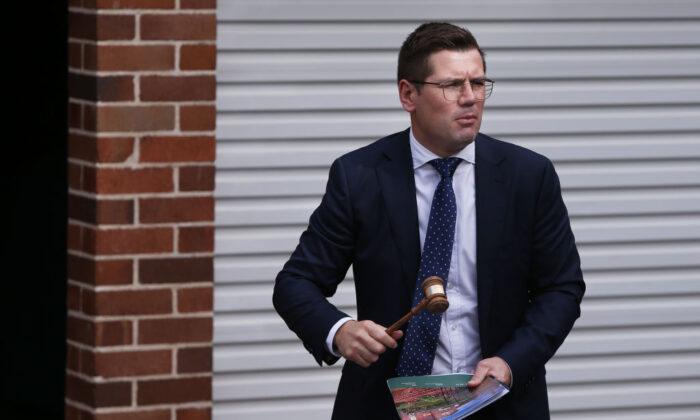The Reserve Bank of Australia (RBA) has clearly distanced itself from the responsibility to control residential housing prices, passing it onto the government and industry regulators.
“I want to be clear that this is not on our agenda,” Lowe said. “While it is true that higher interest rates would, all else equal, see lower housing prices, they would also mean fewer jobs and lower wages growth.”
“This is a poor trade-off in the current circumstances.”
He said the central bank was watching the property market closely with the Council of Financial Regulators and discussing possible regulations once lending standards fall or credit growth accelerates too fast.
“While monetary policy is contributing to higher housing prices at the moment, the way to address these concerns is through the structural factors that influence the value of the land upon which our dwellings are built,” Lowe said.

Structural factors include the tax and social security system, planning and zoning restrictions, and type of dwellings that are being built.
“These are all obviously areas outside the domain of monetary policy and the central bank,” Lowe said, dissociating the RBA from responsibility for housing regulation.
“Our job is to achieve the inflation target and support the return to full employment in Australia,” he said.
The RBA has since maintained the low cash rate despite pressure from the property industry, making the same note of property prices in numerous statements—that the bank would keep a close eye on the market and maintain low interest rates for the rest of the economy.
Property researcher CoreLogic believes future policies on the housing market will likely focus on debt accrual in households rather than policies targeting investment or interest-only lending that the industry saw in 2015 and 2017.





